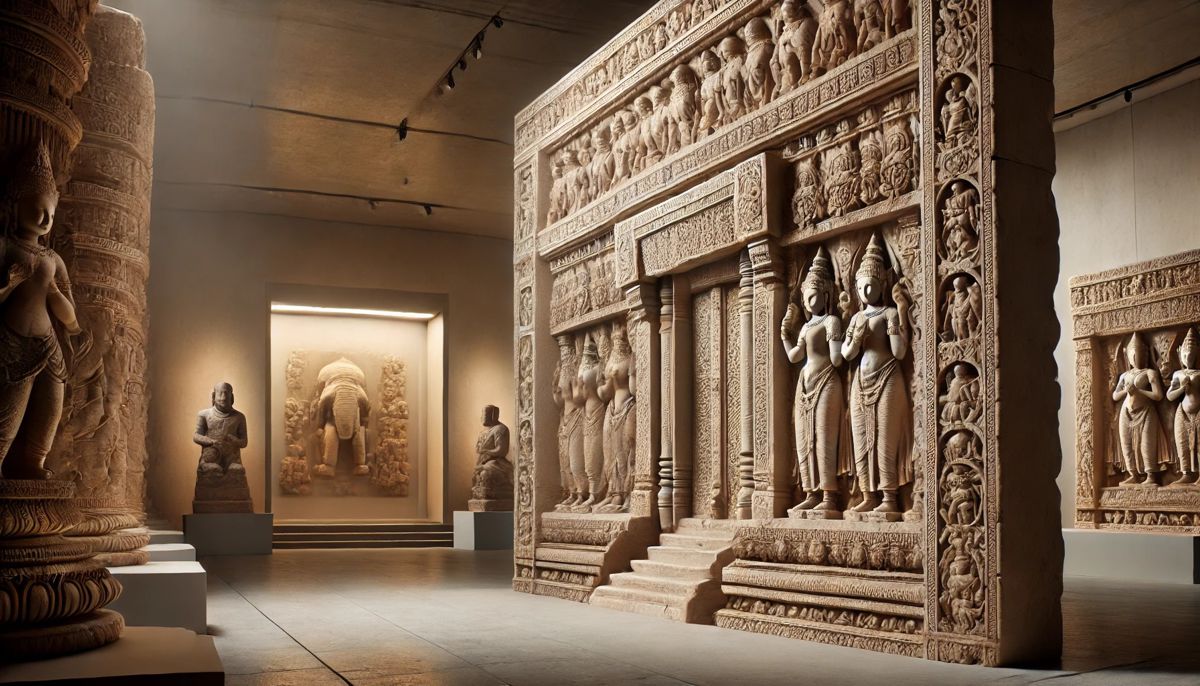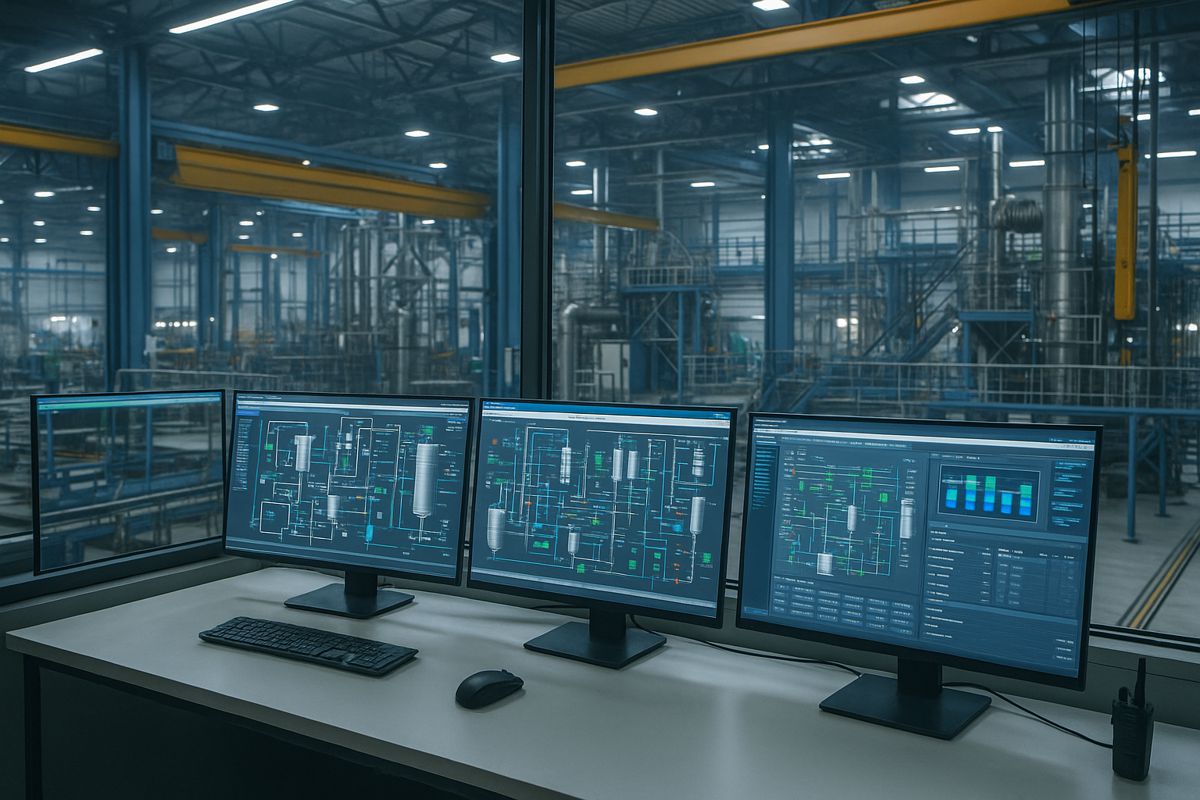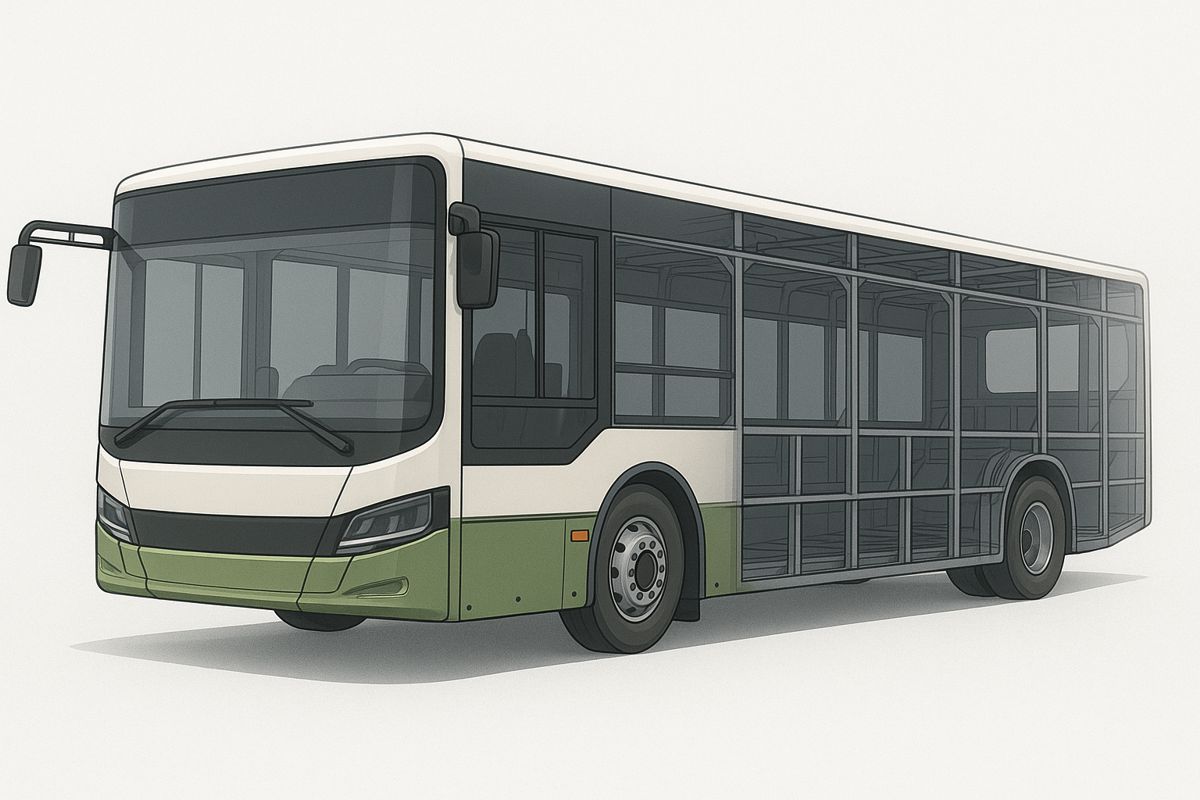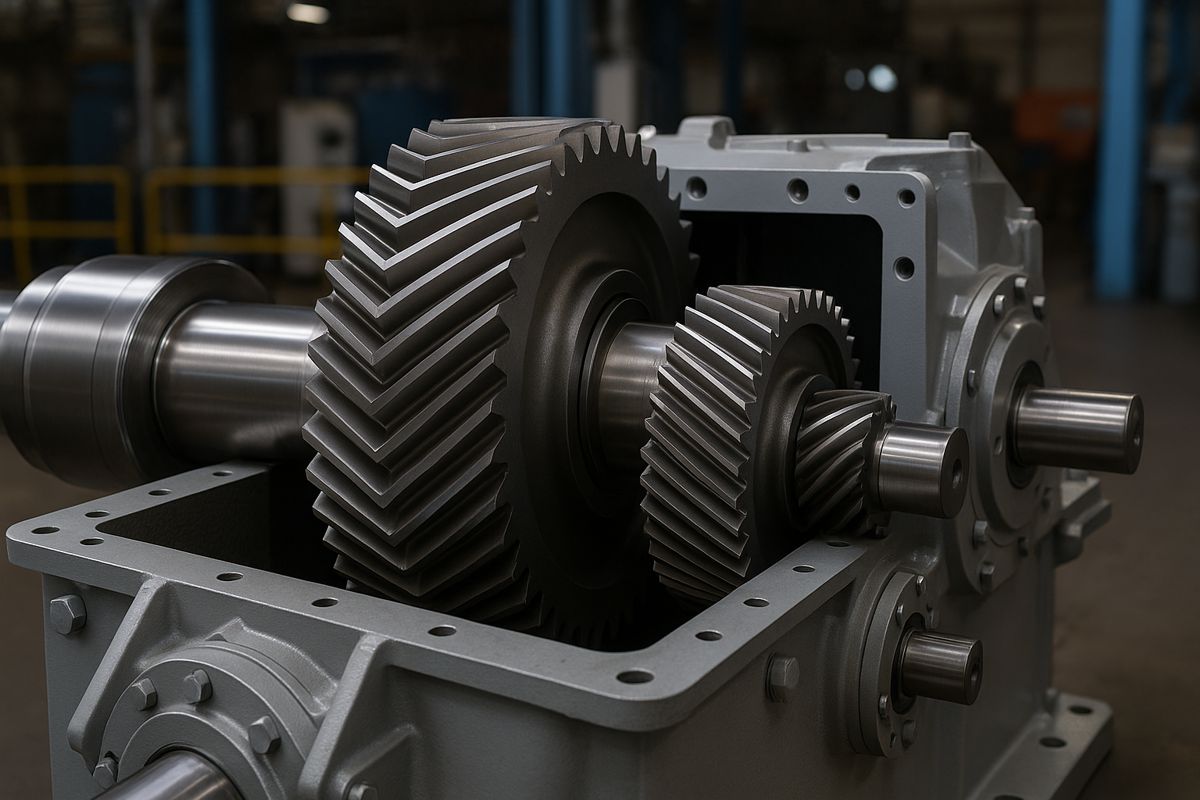Revolutionary Neural Network Bringing 3D Life to Ancient Reliefs
In a world where heritage sites deteriorate by the day, a pioneering neural network offers a powerful tool to bring cultural relics back to their former glory—virtually, at least.
Developed by an international team led by Professor Satoshi Tanaka of Ritsumeikan University, Japan, and Dr. Jiao Pan of the University of Science and Technology Beijing, this model reconstructs 3D digital images of relief-type artefacts from historical photographs.
With this innovation, ancient masterpieces, like the hidden carvings of Indonesia’s Borobudur Temple, can now be restored digitally and experienced virtually. This breakthrough promises to transform digital heritage preservation, giving researchers and the public unprecedented access to artworks lost to time.
How Relief Artworks Preserve Cultural Legacy
Relief carvings—artworks where figures are raised against a flat background—serve as a portal to the past, often capturing historical, religious, or cultural narratives. Found across numerous heritage sites globally, these carvings face inevitable erosion from natural forces, pollution, and human activity. While some structures benefit from modern 3D scanning and photogrammetry techniques that capture their present state, returning them to their pre-damage appearance is a far trickier feat. Traditional restoration methods require meticulous skill and knowledge, but they’re also time-consuming and labour-intensive.
What sets relief sculptures apart is their shallow depth and front-facing design, meaning a single photograph can often capture enough data for a digital reconstruction. Professor Tanaka’s team has taken advantage of this unique feature, creating a neural network capable of generating highly accurate 3D images using archival photographs from before the reliefs were damaged or obscured. This approach eliminates the need for extensive manual intervention, making cultural preservation more accessible and efficient.
The Multi-Task Neural Network: A Closer Look
The research team’s novel neural network, presented at the ACM Multimedia 2024 conference in Australia, performs three core tasks that work together to recreate highly detailed 3D images: semantic segmentation, depth estimation, and soft-edge detection. These functionalities enable the model to extract subtle depth variations that would otherwise be missed by conventional algorithms, achieving results that were previously considered unattainable.
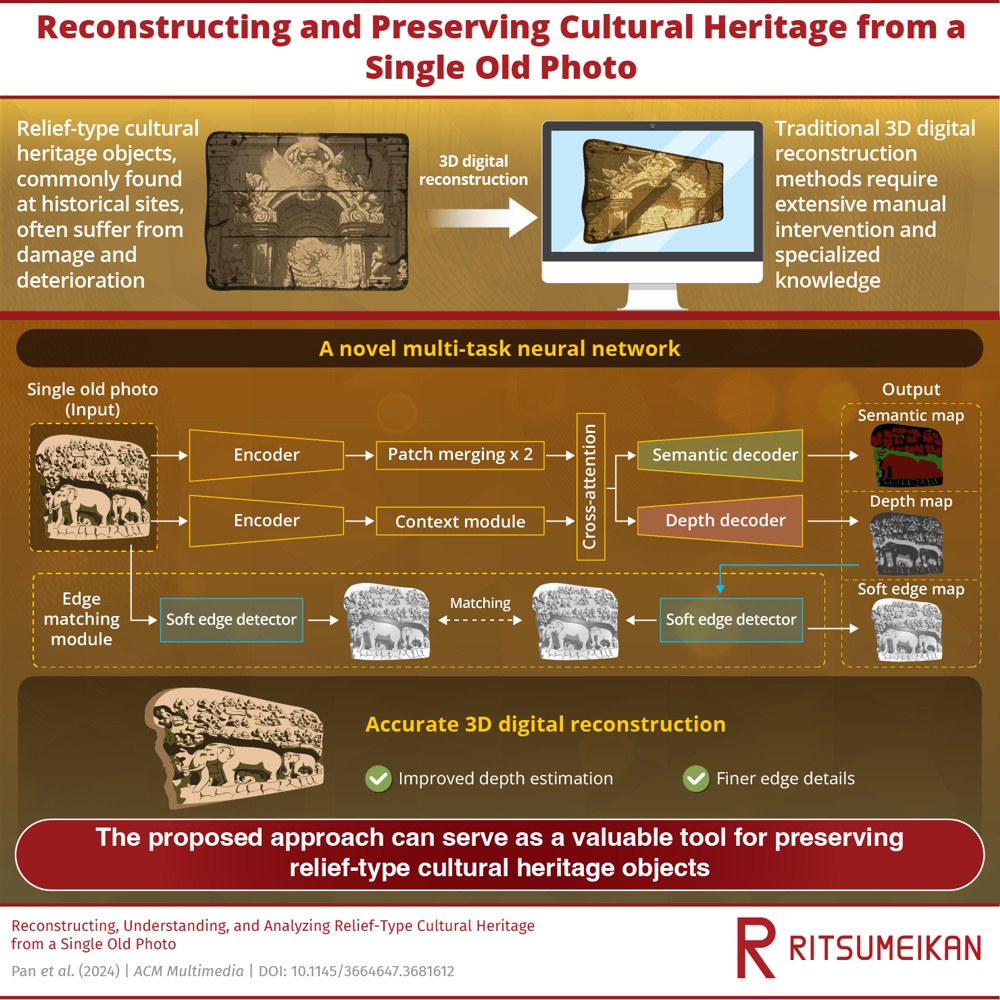
Depth Estimation and Soft-Edge Detection
Unlike traditional depth estimation, which struggles with the compressed depth values often found in relief images, this neural network employs a soft-edge detector to tackle the problem. Here, edges aren’t simply detected as binary distinctions but treated as a complex multi-classification task that captures “soft edges,” or slight changes in brightness and curvature. By focusing on these soft edges, the model can better estimate the depth of features such as faces and decorations—elements that often suffer the most from compression in standard 2D images.
Prof. Tanaka explains, “Our new method tackles this by enhancing depth estimation, particularly along soft edges, using a novel edge-detection approach.” This enhanced detection allows for a finer level of detail in the reconstructions, particularly in areas where traditional methods fall short.
The Edge Matching Module
To refine its accuracy, the network incorporates an edge-matching module with two soft-edge detectors. This setup compares edge maps to isolate and focus on the most intricate details, allowing the network to reconstruct even the most nuanced features of reliefs with a high degree of precision. The module further enhances accuracy with a dynamic edge-enhanced loss function, which compiles data from all three tasks to produce clearer, more detailed 3D images.
Bringing Borobudur’s Hidden Relics to Life
The neural network has already demonstrated its potential on one of the world’s most significant cultural sites: the Borobudur Temple in Indonesia. A UNESCO World Heritage Site, Borobudur’s intricate reliefs were partially obscured during restoration efforts in the Dutch colonial era. The walls covering these ancient carvings prevented traditional methods from capturing their original form, leaving generations of historians, archaeologists, and visitors unaware of what lay hidden beneath.
Using old photographs, Tanaka’s team successfully reconstructed these hidden carvings. “Through computer visualization and virtual reality, our research now allows virtual exploration of these unseen treasures,” Prof. Tanaka says. The results mean that, for the first time, people can virtually experience parts of Borobudur previously locked away from the world, a testament to the neural network’s profound impact on heritage conservation.
Looking to the Future: Expanding Possibilities in Heritage Preservation
With this technology, the possibilities extend far beyond Borobudur. From enhancing virtual museum experiences to enabling archaeologists to examine artifacts remotely, the neural network offers transformative potential. As Prof. Tanaka notes, “Our technology holds vast potential for preserving and sharing cultural heritage. It opens new opportunities not only for archaeologists but also for immersive virtual experiences through VR and metaverse technologies, preserving global heritage for future generations.”
For the field of cultural preservation, this development couldn’t be timelier. Virtual reality (VR) and metaverse platforms provide interactive, immersive experiences that can bring global audiences into close contact with artefacts without the risk of physical degradation. This not only keeps the memory of cultural sites alive but also expands educational possibilities, giving anyone with an internet connection a chance to experience global heritage first-hand.
Champions of Digital Humanities
Professor Satoshi Tanaka has a distinguished career at Ritsumeikan University, with expertise spanning computer graphics, scientific visualisation, and digital humanities. His work has been widely recognised, with over 1,700 publications and more than 100,000 citations. As a fellow at the Ritsumeikan Advanced Research Academy, he continues to push the boundaries of digital preservation, combining cutting-edge technology with a deep appreciation for cultural history.
Dr. Jiao Pan, currently a lecturer at the University of Science and Technology Beijing, conducted much of this research during her doctoral studies under Prof. Tanaka’s guidance. Her groundbreaking work on 3D reconstruction of Borobudur’s hidden carvings highlights her commitment to using technology for cultural preservation.
Broader Implications and Next Steps
The implications of this research are extensive, with future advancements likely to involve even more refined models capable of handling diverse types of relief art. Additionally, the research team plans to explore applications for different cultural contexts, adapting the neural network for artefacts ranging from ancient stone tablets to delicate wall paintings. By continuing to refine their model, they’re ensuring it remains versatile and adaptable for various preservation needs.
For museums and cultural organisations, this technology could become an essential tool for safeguarding and sharing their collections. It could enable them to create digital archives that capture not only the appearance but also the historical context of artefacts, offering an enriched viewing experience for audiences worldwide.
Unlocking a New Era of Heritage Preservation
This neural network isn’t just about preserving relics of the past—it’s about opening doors to experiences that were previously unimaginable. Whether through a VR headset or a museum exhibit, the chance to witness ancient artistry in digital 3D form brings a whole new dimension to the appreciation of cultural heritage.
With the work of Prof. Tanaka and Dr. Pan, it’s clear that the future of preservation is as much about technological innovation as it is about respect for history.
